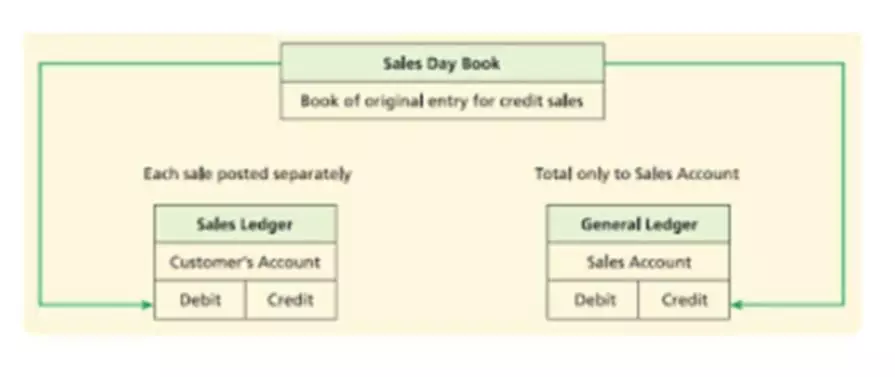Content

Such companies – usually big box stores and similar businesses – get their inventory from suppliers and sell the products immediately away for a low margin. Current assets such as cash equivalents, cash, and marketable securities are the best options when it comes to paying current liabilities. The reason is the fact that these assets are easier to convert into money faster compared to fixed assets. So, if assets can be converted into money faster, the firm will be more likely to have cash just in time to pay debts. Any business that can’t cover its outstanding financial obligations is headed for major problems, including layoffs, loss of valuable contracts, and even bankruptcy. Balance SheetA balance sheet is one of the financial statements of a company that presents the shareholders’ equity, liabilities, and assets of the company at a specific point in time.
- A companies working capital is negative when the companies current liabilities exceed its current assets.
- On the other hand, a ratio higher than 1 shows the company is capable of paying all its liabilities, while still keeping some current assets.
- Consequently, the value of a working capital ratio is highly dependent on how well you’ve managed to streamline your accounts receivable function, credit, and inventory management.
- A higher working capital turnover ratio also means that the operations of a company are running smoothly and there is a limited need for additional funding.
- You have to consider the nature of your business and to which industry it belongs.
Current liabilities include accrued expenses, loans payable, and accounts payable. These items are available on the balance sheet of a company in various forms, usually. The Working Capital Ratio is employed by financial analysts, investors and lenders to determine a business’ capacity to cover for its short-term financial commitments. Working capital management is important because it directly impacts a company’s liquidity https://www.bookstime.com/ and overall financial health. In order to maintain a strong cash flow, it is important to ensure that a company’s current assets exceed its current liabilities. This can be done by maintaining a healthy balance of accounts receivable, inventory, and cash. Additionally, it is important to have a good understanding of how to finance working capital in order to ensure that cash flow is not negatively impacted.
Working Capital Formula
A business that has a Working Capital Ratio lower than 1 will probably experience issues to cover its financial commitments within the short-term. On the other hand, a business that has a Working Capital Ratio of more than 1 has enough funds to cover for all its current liabilities. The assets that have a maturity period of one year are known as current assets, whereas the liabilities that must be paid within a year are known as current liabilities. It indicates that the company doesn’t efficiently run, and it isn’t able to cover its current debt properly. Find out more on trade credit insurance by visiting your local website. The working capital ratio is sometimes referred to as the current ratio as the measure is generally calculated quarterly, that is, on a “current” short-term basis. Working capital management requires coordinated efforts to optimize both inventory and accounts receivable in order to illustrate one aspect of actual liquidity.

A company’s working capital is understood as the result from subtracting current assets from current liabilities. As a metric, the Working Capital Ratio is also known as the current ratio and it calculates a company’s capacity to cover for its current liabilities with its current assets. Simply put, it is working capital ratio a liquidity measure that unveils the short-term financial healthiness of a business. It is a measure of business liquidity, calculated simply by dividing your business’s total current assets by its total current liabilities. In other words, it measures the health of your company’s short term finances.
Changes in Working Capital Ratio
These tasks are made much easier, and accuracy is greatly improved, with the use of automation-focused purchasing software. But generally speaking, the working capital ratio is best viewed as a rough guide to liquidity, refined by the additional calculation of the cash conversion cycle and other liquidity ratios. Consequently, the value of a working capital ratio is highly dependent on how well you’ve managed to streamline your accounts receivable function, credit, and inventory management. Limitations include higher interest rates, higher fees for cash advances and the ease of running up excessive debt. For example, if your business has $500,000 in assets and $250,000 in liabilities, your working capital ratio is calculated by dividing the two. Assets are defined as property that the business owns, which can be reasonably transformed into cash (equipment, accounts receivables, intellectual property, etc.).
Each individual’s unique needs should be considered when deciding on chosen products. Businesses should compare their working capital ratio to other businesses in their industry as a good ratio can vary among industries. Therefore, the business does not have sufficient working capital to pay its debts. Typically if a business is undertaking a major project, it will need working capital to invest. Equip yourself with the right tools for the job — take advantage of the cash flow management tools built in the ZarMoney when you try the software FREE today. A working capital ratio of less than 1.0 is a strong indicator of liquidity issues, while a ratio in the proximity of 2.0 represents good short-term liquidity.
Download a free copy of “Preparing Your AP Department For The Future”, to learn:
A value less than 1 indicates that the amount of current assets is lower than that of current liabilities. That is why, to be prepared for the short-term liabilities, the company’s net working capital ratios must be above 1.

Recent Comments